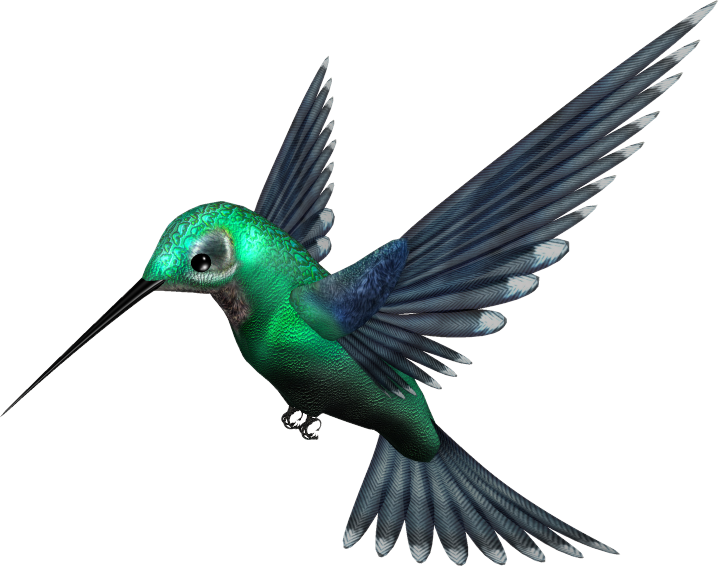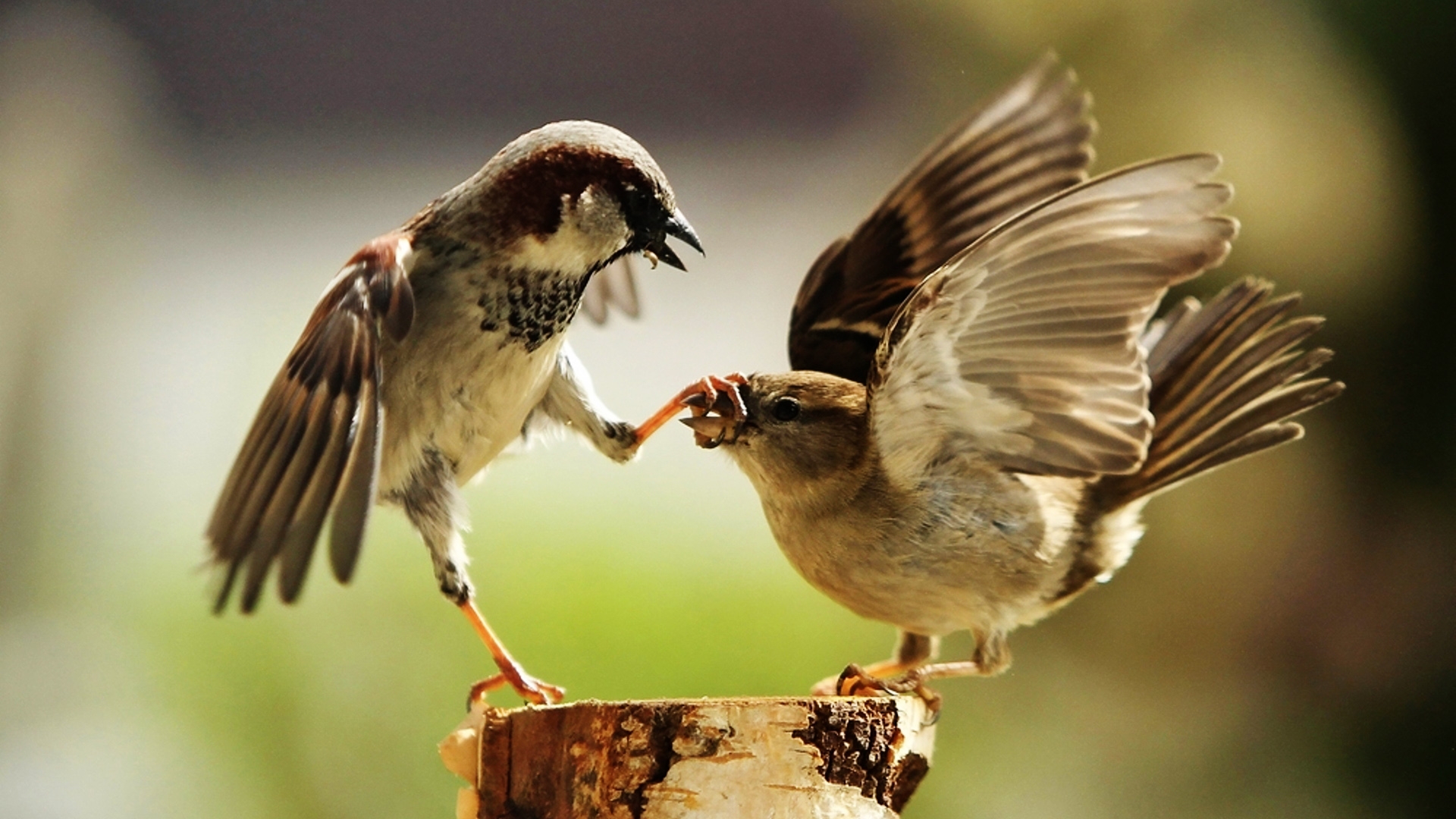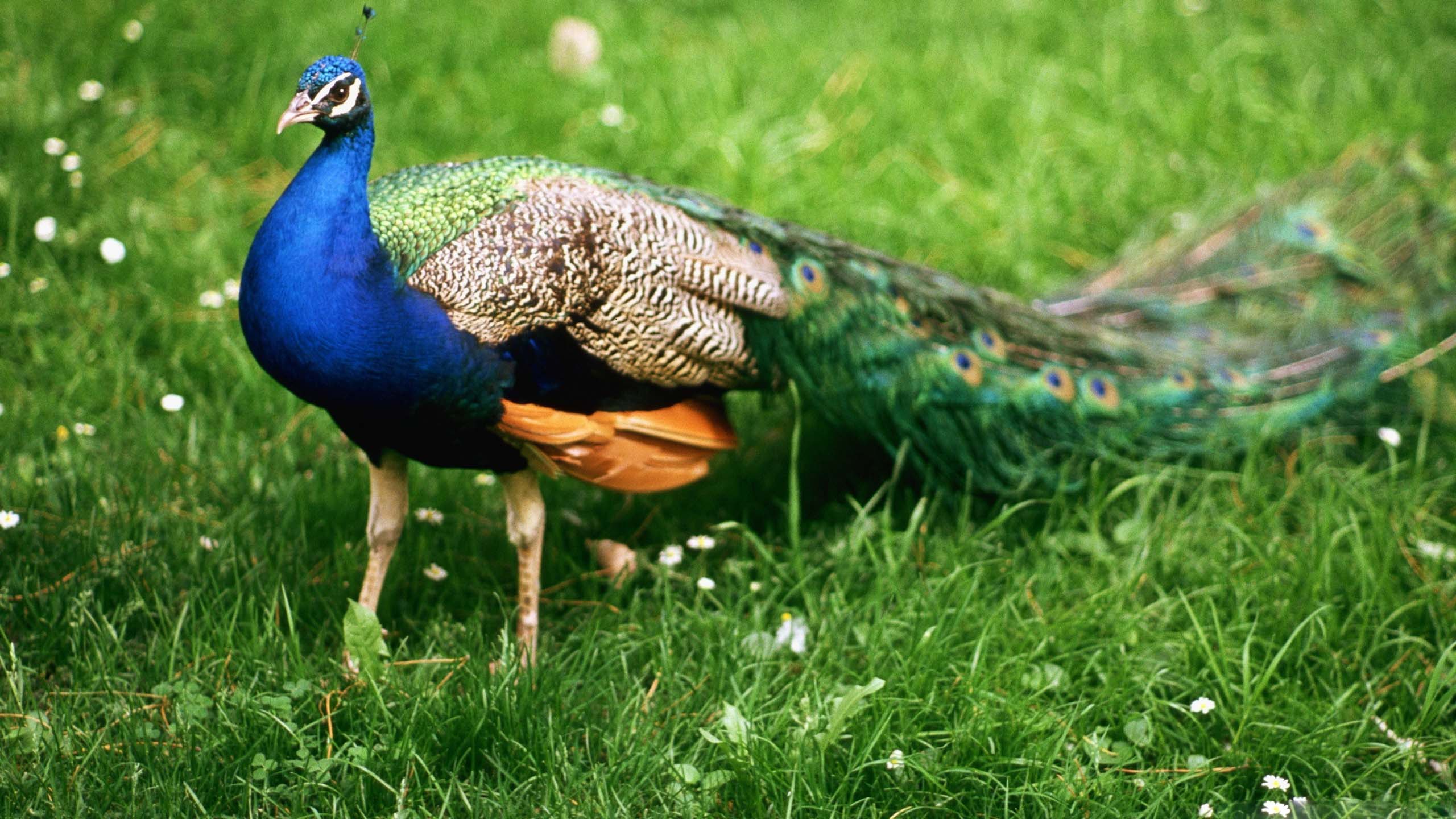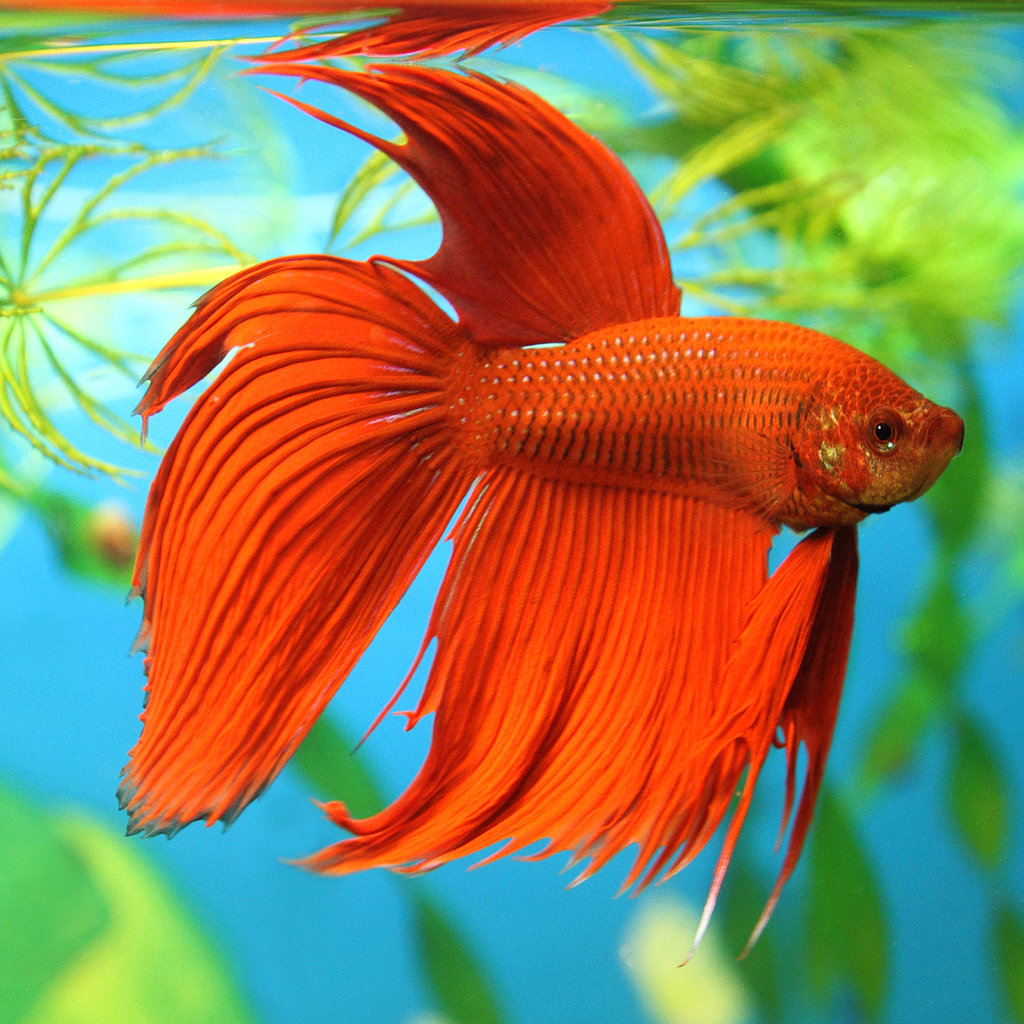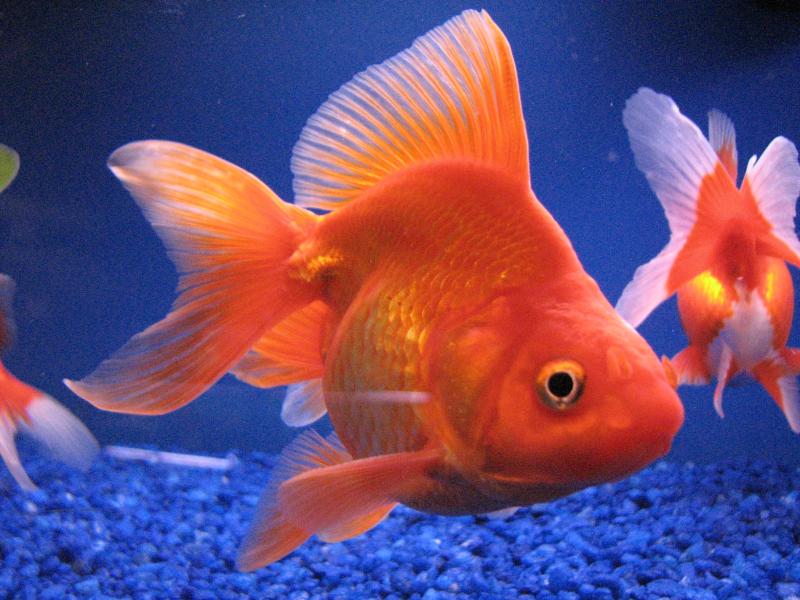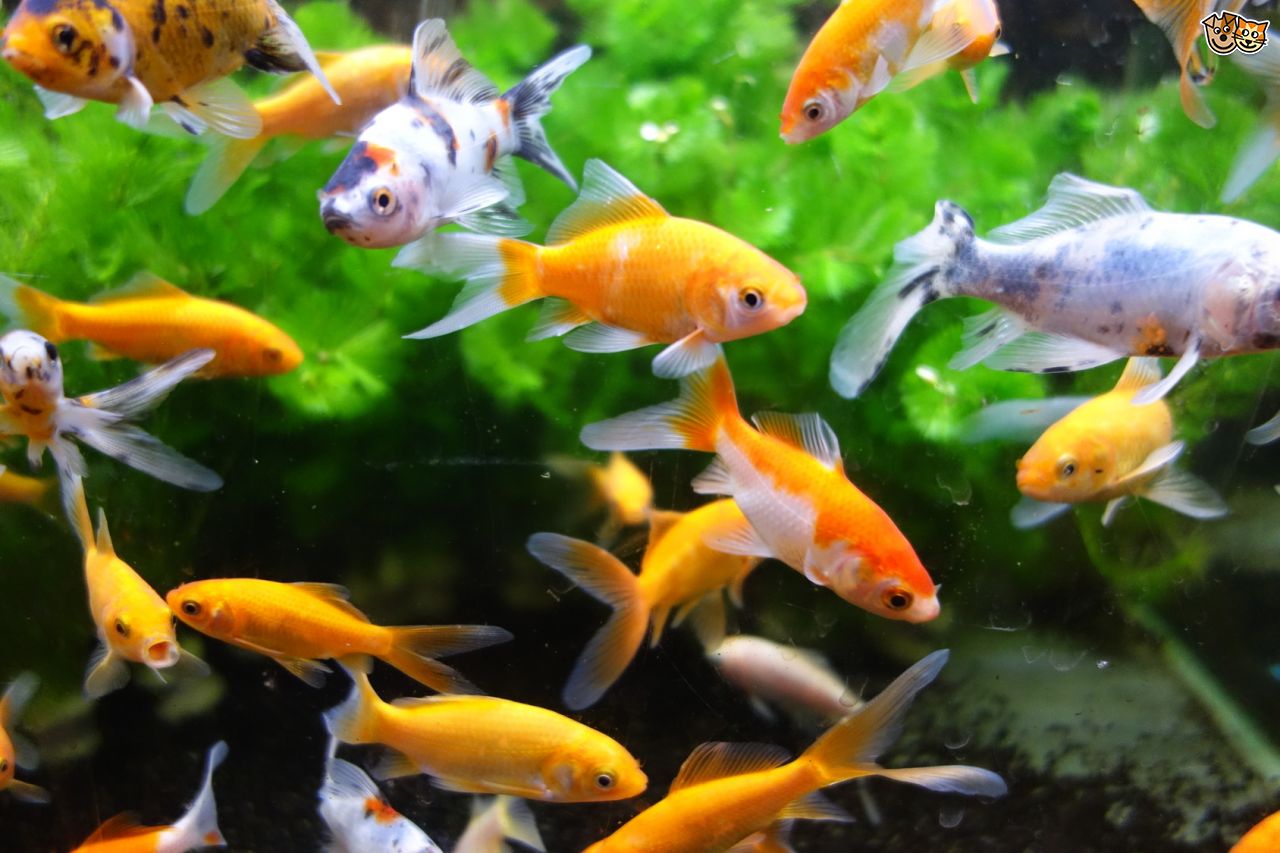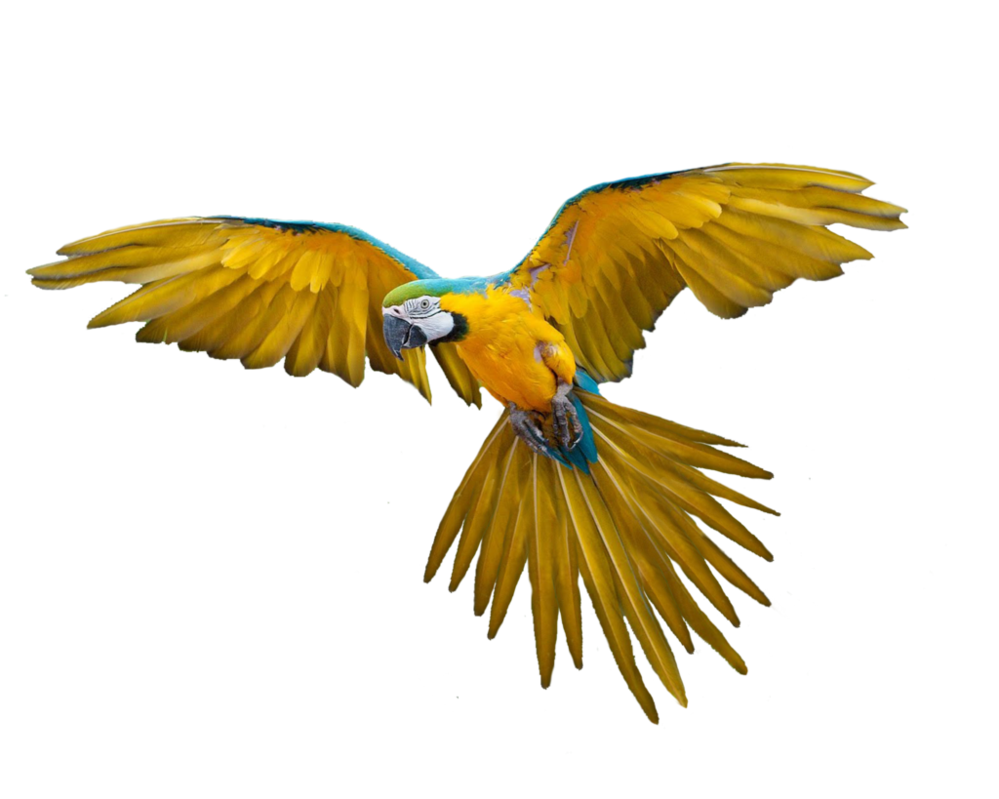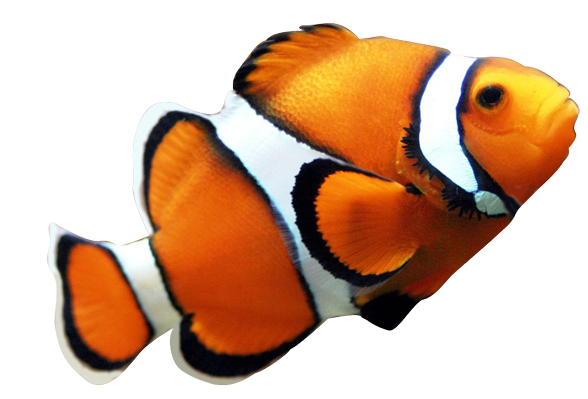The Birds
one of Daphne du Maurier's most chilling short stories, is in the collection The Apple Tree. The shock lies in the idea of birds as destroyers. People usually associate birds with things like freedom and beauty and music. However, in this story, du Maurier drew on her own experience with vicious seagulls. She imagines once-innocent creatures suddenly mutated into merciless killers bent on destroying humanity.
The story focuses on the heroic efforts of disabled farmer Nat Hocken to protect his family from the hordes of birds that relentlessly try to invade the family's cottage. Nat does odd jobs around the neighborhood, and on his way home one evening in early December, he notices that there are more birds around than usual and that they have become strangely aggressive. When he arrives home, he hears on the radio that all over England something has happened to the birds. "The flocks of birds have caused dislocation in all areas," says the broadcaster, and there is something sinister in the word "dislocation," for it suggests that the order of nature has been broken and humanity has lost its dominion over the birds and beasts. When the government and the military admit that there is nothing they can do, Nat is forced to rely on himself to survive. It is survival of the fittest, and he knows who will win.
Birds peck at Nat’s eyes one day, and he is viciously attacked by gulls the next. One day when the birds calm down a bit, Nat goes to check on his neighbors, only to find their mutilated bodies next to the telephone. That night, as the birds mount an attack, Nat works ceaselessly to plug up every access to the cottage as thousands of birds descend upon the house, breaking the windows and screaming down the chimney.
Finally, unable to resist any longer, Nat settles back and listens as even the tiniest of birds join in the final assault. As the end approaches, he wonders "how many millions of years were stored in those little brains, behind the stabbing beaks, the piercing eyes, now giving them this instinct to destroy mankind with all the deft precision of machines."
In addition to the gradual layering of horrifying detail, du Maurier also heightens the effect of the story by focusing only on Nat Hocken and his family. Defenseless, alone, doomed, they seem to be the last people on earth—and perhaps they are.

